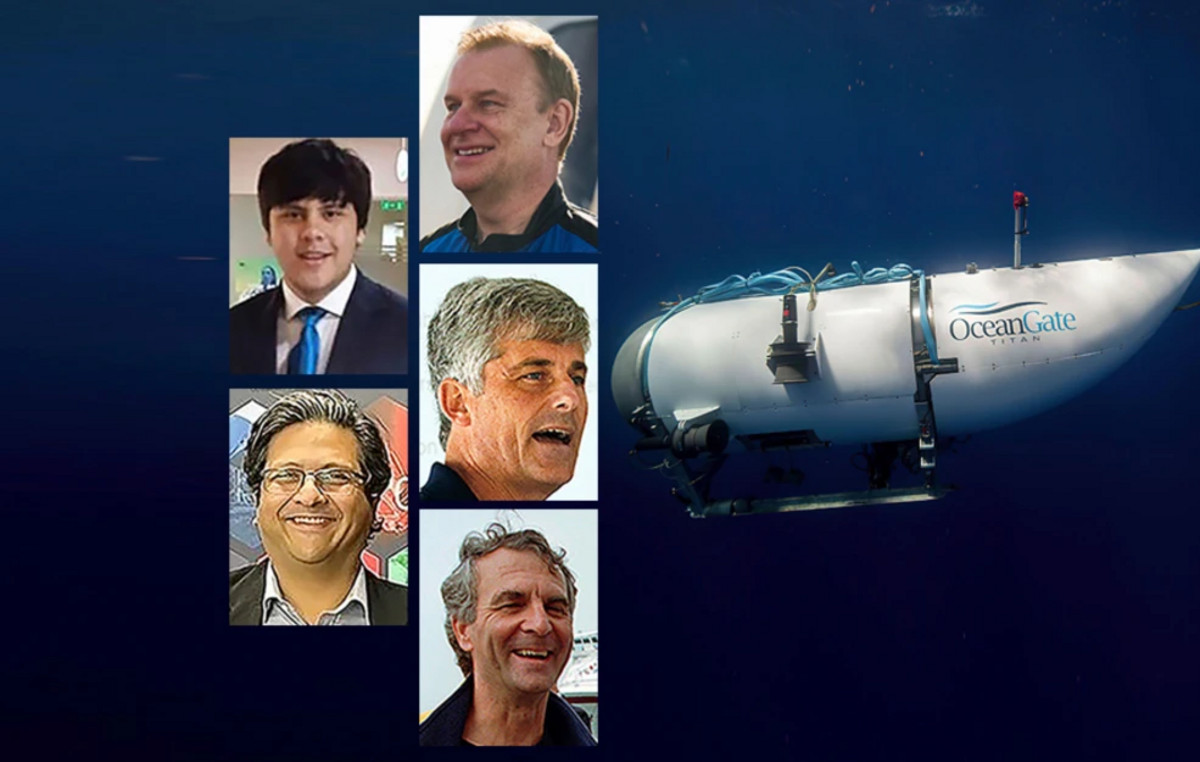Resting at the bottom of Mjøsa, Norway’s largest lake, a shipwreck from hundreds of years ago is in near-perfect condition, frozen in time.
The vessel, with its unique rods and overlapping planks, reveals a moment in the lake’s maritime history and is estimated to date from the 1300s to the 1800s.
The researchers discovered the wreck while running the Mission Mjøsa project, which aims to map the 140-square-mile (363-square-kilometer) lake bed using high-resolution sonar technology.
The Norwegian Defense Research Establishment led the mission two years after carrying out several inspections of remotely operated vehicles, or ROVs, in areas of the lake where large amounts of munitions were dumped.
The lake is a source of drinking water for around 100,000 people in Norway, according to the Norwegian University of Science and Technology, so the munitions pose health risks. The wreck was located during the survey of the lake.

“My expectation was that shipwrecks might also be discovered while we were mapping the dumped munitions – that turned out to be the case,” said Øyvind Ødegård, a senior researcher in marine archeology at the Norwegian University of Science and Technology and principal investigator for the mission.
“It was purely that the statistical chance of finding well-preserved shipwrecks was considered to be quite high.”
Possible medieval vessel
The newly discovered wreck is located at a depth of around 411 meters and was captured in sonar imaging, a system that uses pulses of sound to detect and measure the area below the surface of the water. The images revealed that the ship measured 10 meters in length.
The freshwater environment and lack of wave activity at that depth kept the vessel in perfect condition, except for the corrosion of some iron nails on each end of the vessel.
For Ødegård, the wear of the metal is a clear indication that the wreck has remained on the lake bed for some time, as corrosion would take hundreds of years to occur. Eventually, the ship could lose its structure when all the nails crumble, he said.
At the stern of the vessel, there are indications that there is a central rudder, a device used for steering, which did not normally appear before the end of the 13th century. Combining these two characteristics, archaeologists were able to estimate the ships’ range no earlier than 1300 and no later than 1850.
The ship appears to have been built using a Nordic technique, in which the planks of the body are superimposed on each other. This method was used during the Viking Age as a way to make the ship lighter and stronger and is known as clinker construction.
As the wreck was found in the middle of the lake, Ødegård believed that the ship had sunk due to bad weather. It is more likely that the ship used square sails, he added, which proved difficult to navigate for seafarers caught in extreme wind conditions.
Norwegian history
The oldest ship to be discovered in Norwegian waters to date is the logboat Sørum, found in Bingen Booms on the Glomma River and dated to 170 BC. The nearly 2,200-year-old wreck was relatively well preserved for being thousands of years old.
“Wooden wrecks can be very well preserved in fresh water, as they lack the normally wood-eating organisms found, for example, in the ocean,” Ødegård said.
“I suppose if we are going to find intact Iron Age or medieval vehicles in Norway then [Lago Mjøsa] would be the place to look, as it is large enough to have its own distinct maritime history with plenty of shipping and trade.”
During the Viking Age, the lake served as a major trade route, although there are notable gaps in what is known before and during those times, according to Ødegård. “No matter the age, any findings will help us to better understand how the tradition of shipbuilding on an inland lake has developed, compared to the Nordic countries.”
more to be explored
To map the bottom of the lake, the research team used a state-of-the-art autonomous underwater vehicle called the Hugin, from Norwegian technology company Kongsberg Maritime.
This is the first time such equipment has been used in a freshwater environment, according to Ødegård, and it hasn’t seen much use in archaeology. He called Hugin’s research application for this occasion “a rare treat”.

On the last day of the exploration, the researchers sent an ROV in an attempt to capture images of the wreck, but had to abort the mission due to bad weather. Ødegård intends to come back next year to try again.
Meanwhile, researchers continue to map the bottom of the lake. So far, they’ve only mapped 15 square miles (39 square kilometers), and they have a lot more to go. Ødegård said he hoped more wrecks would be discovered.
“We can find vessels from the beginning of human activity in the area. They can be present and in good condition,” Ødegård said. “You can’t rule anything out.”
Source: CNN Brasil
Bruce Belcher is a seasoned author with over 5 years of experience in world news. He writes for online news websites and provides in-depth analysis on the world stock market. Bruce is known for his insightful perspectives and commitment to keeping the public informed.






.jpg)
